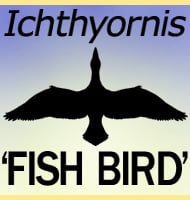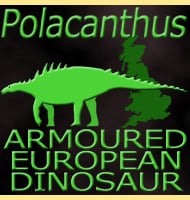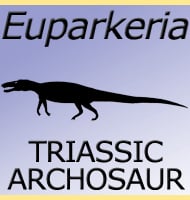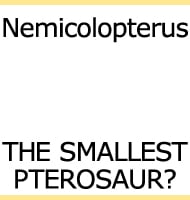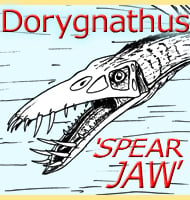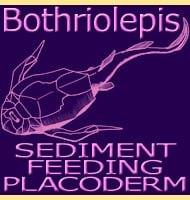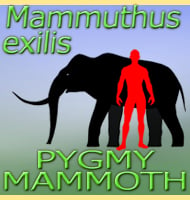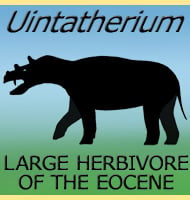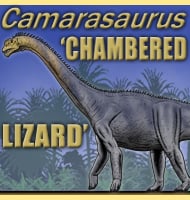In Depth
Fossils of Dinheirosaurus were first treated as belonging to Lourinhasaurus until new study ascertained that they were of a different genus. For some time afterwards there was still speculation that this was a mistake and that Dinheirosaurus should be regarded as a synonym to Lourinhasaurus, but even further study has now established without doubt that the two genera are definitely separate. Dinheirosaurus is regarded as being a diplodocid sauropod, similar to the North American genus Diplodocus. Lourinhasaurus however is regarded as being similar to Camarasaurus, a very different kind of sauropod. As a diplodocid, Dinheirosaurus was probably best suited to browsing upon low growing vegetation from above rather than reaching up into the trees.
Further Reading
- A new diplodocid, Dinheirosaurus lourinhanensis gen. et sp. nov., from the Late Jurassic beds of Portugal, J. F. Bonaparte & O. Mateus - 1999. – New information on the anatomy and systematic position of Dinheirosaurus lourinhanensis (Sauropoda: Diplodocoidea) from the Late Jurassic of Portugal, with a review of European diplodocoids. – Journal of Systematic Palaeontology. 10 (3): 521–551. – P. D, Mannion, P. Upchurch, O. Mateus, R. N. Barnes & M. E. H. Jones – 2012.


